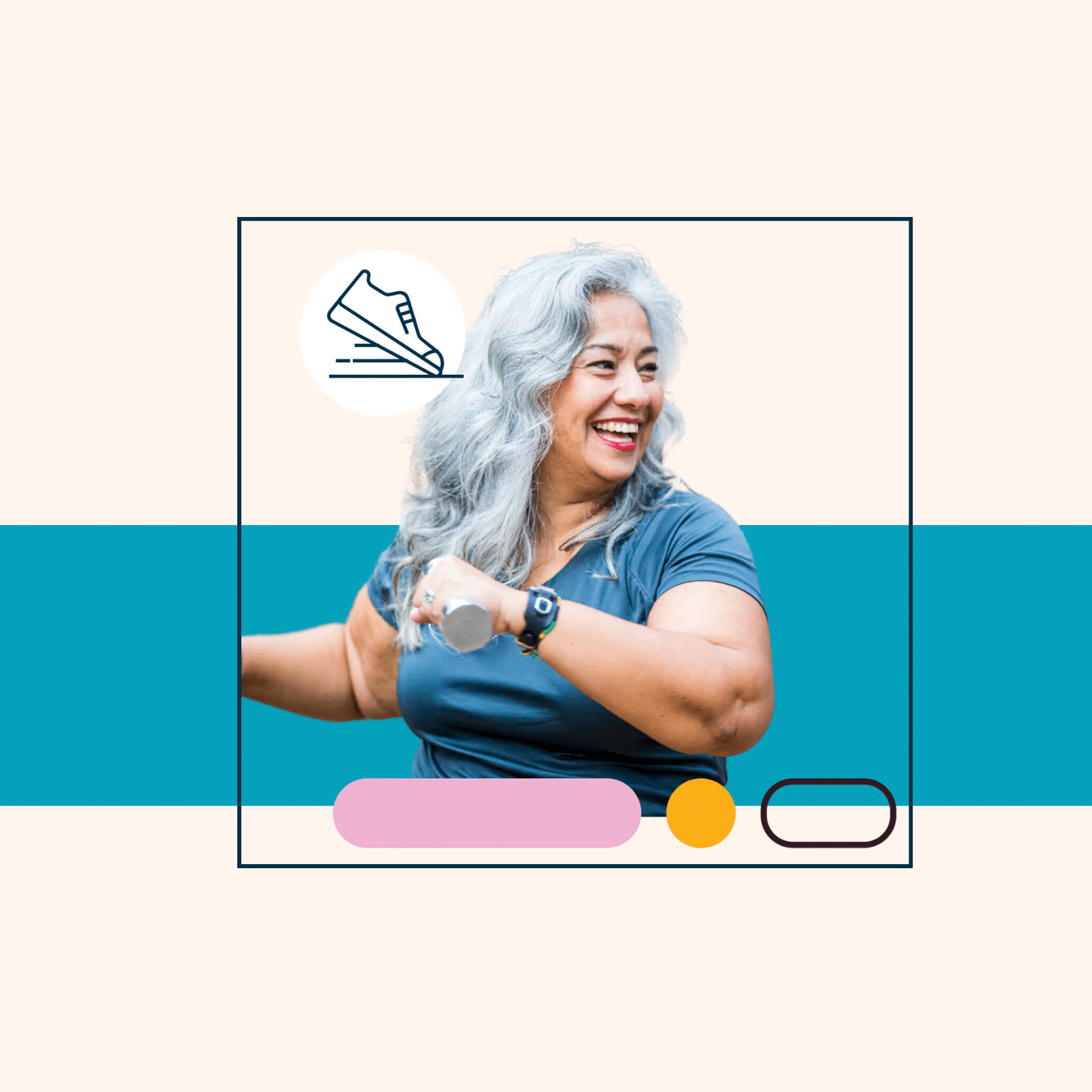Balance problems are a common symptom of Parkinson’s disease. Few people know more about the topic than Fay Horak, PhD, PT, director of the Balance Disorders Laboratory and Professor of Neurology at OHSU. Dr. Horak and her team have conducted numerous studies on balance and walking, including the research behind BGF’s Power Forward Boot Camp. We sat down with Dr. Horak to get her expert advice for improving balance.
Q. Tells us a little about the Balance Disorders Laboratory at OHSU.
A. Our goal is to understand how the brain controls balance and walking, especially what goes wrong in neurological disorders like Parkinson’s.
Q. How did you get involved in this work?
A. As a physical therapist, the first neurological patient I worked with who had a near fall was a person with Parkinson’s disease who suddenly had freezing of gait. So I wanted to better understand the current neuroscience underlying balance and walking so we could have better treatments for fall prevention.
Q. The Boot Camp is based on research from the Balance Disorders Laboratory. Can you tell us about the major findings of that study?
A. What we found is that people with Parkinson’s can improve balance, and that there are many different kinds of balance that the brain controls. If you want to improve balance, you need to do exercises that work on all of those types of balance control.
For example, as part of one study, we had participants practice walking on a treadmill. Although walking was improved from this activity, balance was not. Participants still had a lot of sway when standing. But when another group practiced agility balance exercises, they had improvements in standing balance. Similarly with stepping responses to a trip or slip – if you want to improve balance responses when you trip, you need to practice stepping responses. You can’t practice standing on one foot and expect you’ll get better at recovering from a trip or slip. You need to practice the specific types of balance you want to improve.
Q. You’re currently conducting a study on balance and gait rehabilitation in people with Parkinson’s. What do you hope to learn from this study?
A. Our new study is looking at cognitive function. In addition to balance and gait, we are also going to determine if our exercise program improves cognitive function. We are also looking at changing brain circuitry by doing brain imaging before and after our exercise program.
Q. Why is studying cognitive function important for people with Parkinson’s?
A. Parkinson’s disease can cause problems with thinking and executive function, not just motor problems. Cognition is also important for mobility. If you think about crossing a street, for example, you need to make a lot of decisions to do it safely. You need to decide how to step off the curb, judge the speed of cars passing by, how to ignore the conversation you are having and when and how fast to walk. A lot of aspects of safe mobility are cognitive, and that’s important for preventing a fall.
Q. You’ve won an award for one of the most cited articles in the past 125 years! What were the major findings of that study?
A. For that study, we found that people normally use one of two main strategies for balance control: One is an ‘ankle strategy’ swaying around the ankle joints to maintain balance, and the other is a ‘hip strategy’ or bending at the hips to maintain balance. Based on that study, researchers examining balance now not only look at how much a person sways but also look at the strategy people are using for balance. For example, people with Parkinson’s often don’t use the hip strategy like they should so it is hard for them to balance on a narrow surface. In contrast, many older people without Parkinson’s disease who have poor balance use too much hip strategy.
Q. You’ve attended the University of Wisconsin, University of Minnesota, and the University of Washington. In the thick of the football season, do you root for Bucky Badger, Goldy Gopher, or the Huskies?
A. Born a Wisconsinite, I have to root for the Green Bay Packers!
For more information on improving balance, read “Four Tips for Improving Balance.”
Get involved with research! If you’re living with Parkinson’s, or have normal balance and want to act as a healthy control, sign up to participate in the studies at the Balance Disorders Laboratory and help improve our understanding of balance and gait. The Balance Disorders Laboratory is actively recruiting for new study participants, including an ongoing two-day study as well as a future 12-week exercise study. Learn more by visiting www.ohsu.edu/horak, calling 503-418-2601 or emailing [email protected].



